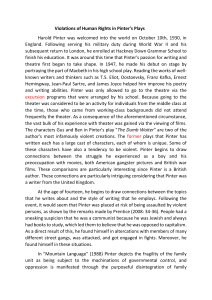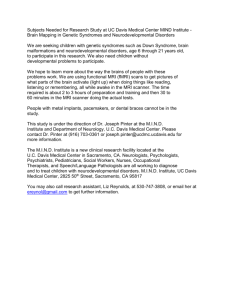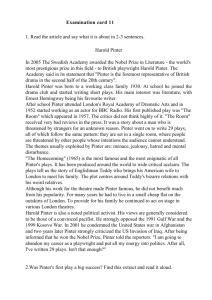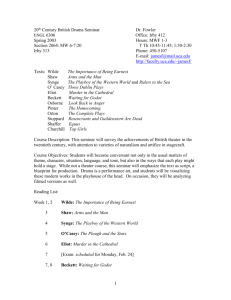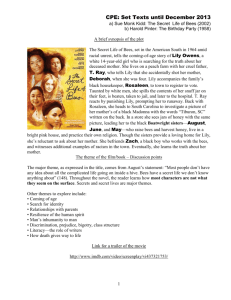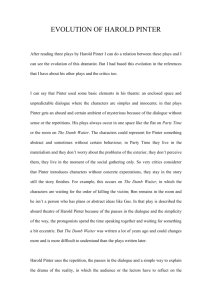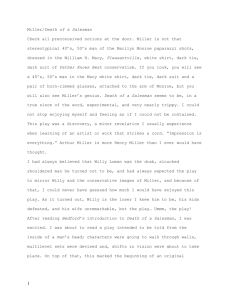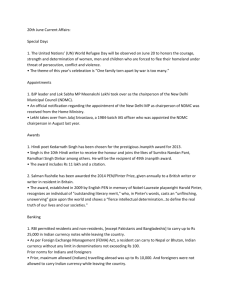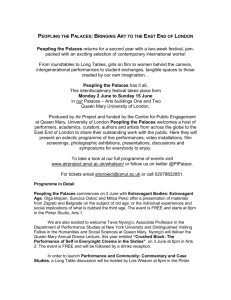Before – that is to say, before the war – Mrdan Bajic`s
advertisement
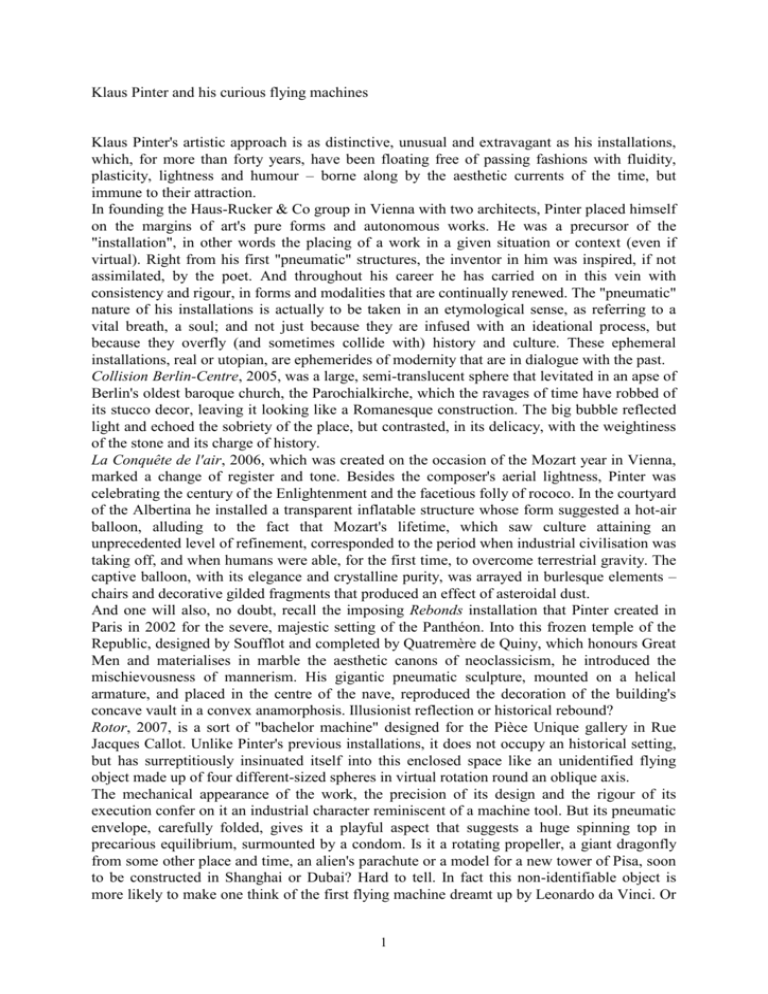
Klaus Pinter and his curious flying machines Klaus Pinter's artistic approach is as distinctive, unusual and extravagant as his installations, which, for more than forty years, have been floating free of passing fashions with fluidity, plasticity, lightness and humour – borne along by the aesthetic currents of the time, but immune to their attraction. In founding the Haus-Rucker & Co group in Vienna with two architects, Pinter placed himself on the margins of art's pure forms and autonomous works. He was a precursor of the "installation", in other words the placing of a work in a given situation or context (even if virtual). Right from his first "pneumatic" structures, the inventor in him was inspired, if not assimilated, by the poet. And throughout his career he has carried on in this vein with consistency and rigour, in forms and modalities that are continually renewed. The "pneumatic" nature of his installations is actually to be taken in an etymological sense, as referring to a vital breath, a soul; and not just because they are infused with an ideational process, but because they overfly (and sometimes collide with) history and culture. These ephemeral installations, real or utopian, are ephemerides of modernity that are in dialogue with the past. Collision Berlin-Centre, 2005, was a large, semi-translucent sphere that levitated in an apse of Berlin's oldest baroque church, the Parochialkirche, which the ravages of time have robbed of its stucco decor, leaving it looking like a Romanesque construction. The big bubble reflected light and echoed the sobriety of the place, but contrasted, in its delicacy, with the weightiness of the stone and its charge of history. La Conquête de l'air, 2006, which was created on the occasion of the Mozart year in Vienna, marked a change of register and tone. Besides the composer's aerial lightness, Pinter was celebrating the century of the Enlightenment and the facetious folly of rococo. In the courtyard of the Albertina he installed a transparent inflatable structure whose form suggested a hot-air balloon, alluding to the fact that Mozart's lifetime, which saw culture attaining an unprecedented level of refinement, corresponded to the period when industrial civilisation was taking off, and when humans were able, for the first time, to overcome terrestrial gravity. The captive balloon, with its elegance and crystalline purity, was arrayed in burlesque elements – chairs and decorative gilded fragments that produced an effect of asteroidal dust. And one will also, no doubt, recall the imposing Rebonds installation that Pinter created in Paris in 2002 for the severe, majestic setting of the Panthéon. Into this frozen temple of the Republic, designed by Soufflot and completed by Quatremère de Quiny, which honours Great Men and materialises in marble the aesthetic canons of neoclassicism, he introduced the mischievousness of mannerism. His gigantic pneumatic sculpture, mounted on a helical armature, and placed in the centre of the nave, reproduced the decoration of the building's concave vault in a convex anamorphosis. Illusionist reflection or historical rebound? Rotor, 2007, is a sort of "bachelor machine" designed for the Pièce Unique gallery in Rue Jacques Callot. Unlike Pinter's previous installations, it does not occupy an historical setting, but has surreptitiously insinuated itself into this enclosed space like an unidentified flying object made up of four different-sized spheres in virtual rotation round an oblique axis. The mechanical appearance of the work, the precision of its design and the rigour of its execution confer on it an industrial character reminiscent of a machine tool. But its pneumatic envelope, carefully folded, gives it a playful aspect that suggests a huge spinning top in precarious equilibrium, surmounted by a condom. Is it a rotating propeller, a giant dragonfly from some other place and time, an alien's parachute or a model for a new tower of Pisa, soon to be constructed in Shanghai or Dubai? Hard to tell. In fact this non-identifiable object is more likely to make one think of the first flying machine dreamt up by Leonardo da Vinci. Or 1 one might be reminded of the helical perspex sculptures made by the brothers Gabo and Pevsner, though there is something wild and baroque about it that is a long way from constructivist austerity. What is disconcerting, but also fascinating, about Pinter's work, and what underlies his originality, is the exactitude that is the mark of the engineer or the architect, combined with the imagination of a poet and a penchant for derision. All things considered, Klaus Pinter is not so much an extraterrestrial artist as a volatile synthesis of Jean Baudrillard, Professor Calculus and Alfred Jarry. Yves Kobry (Translated by John Doherty) 2
